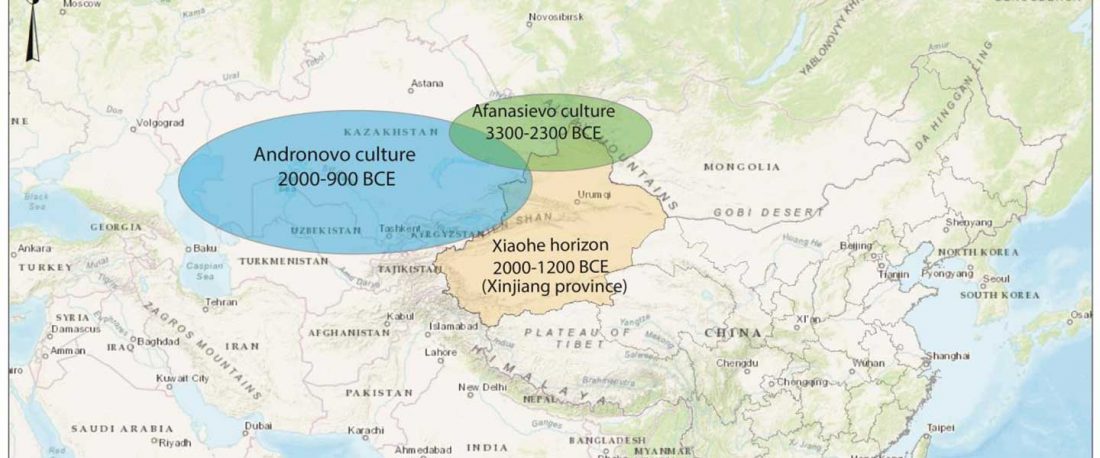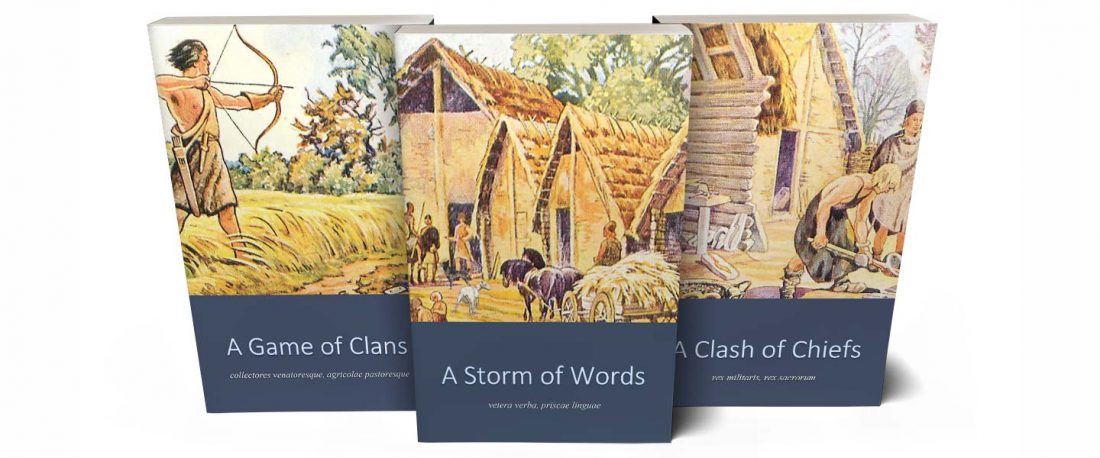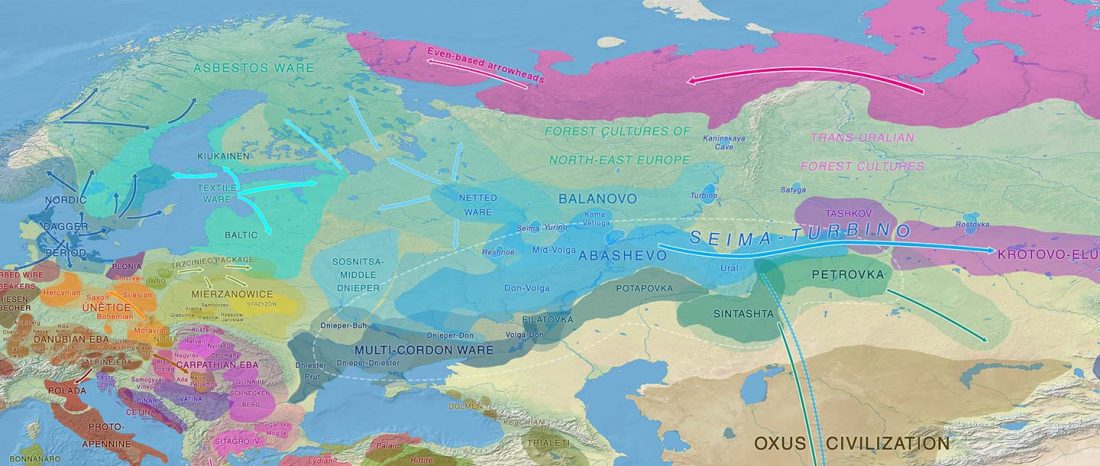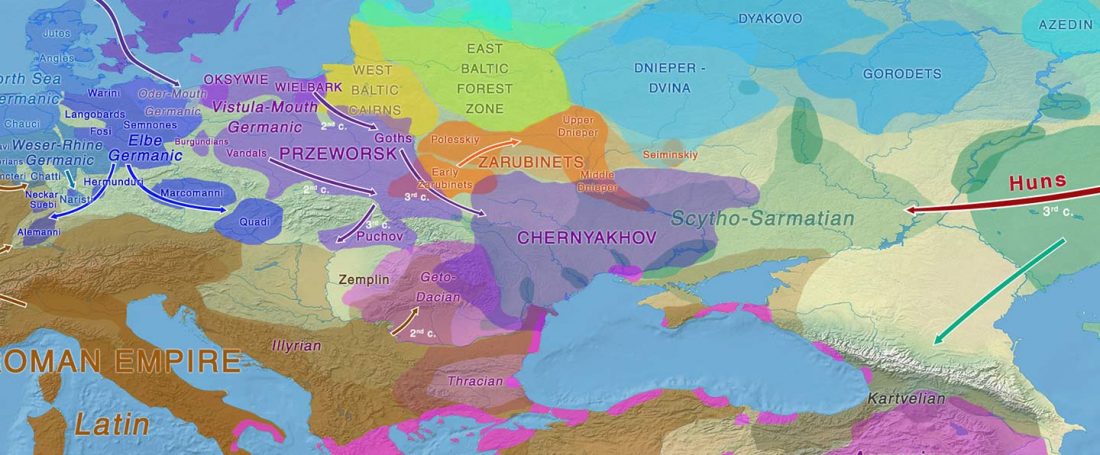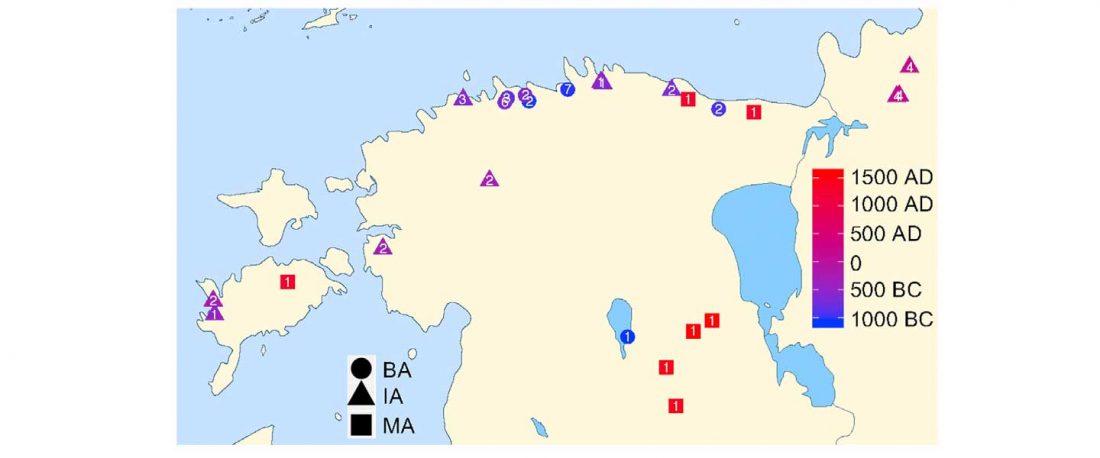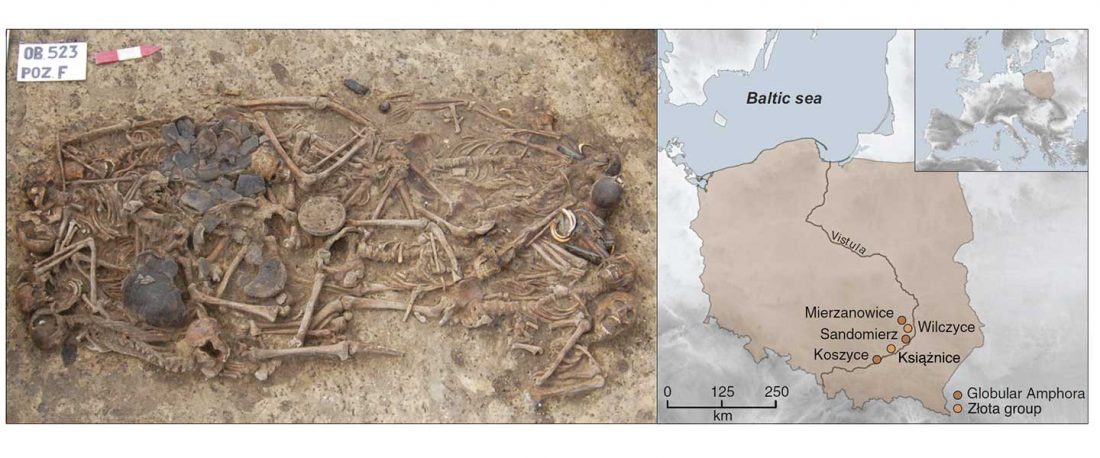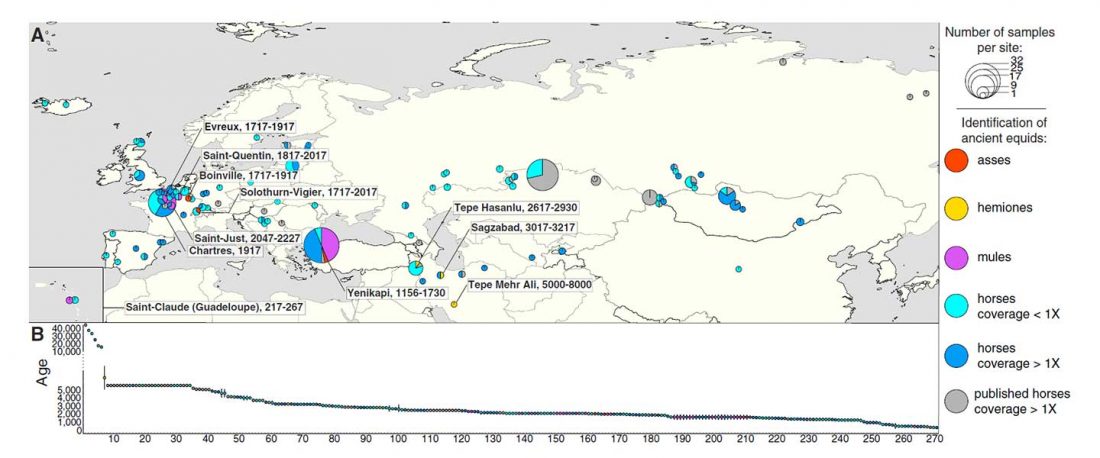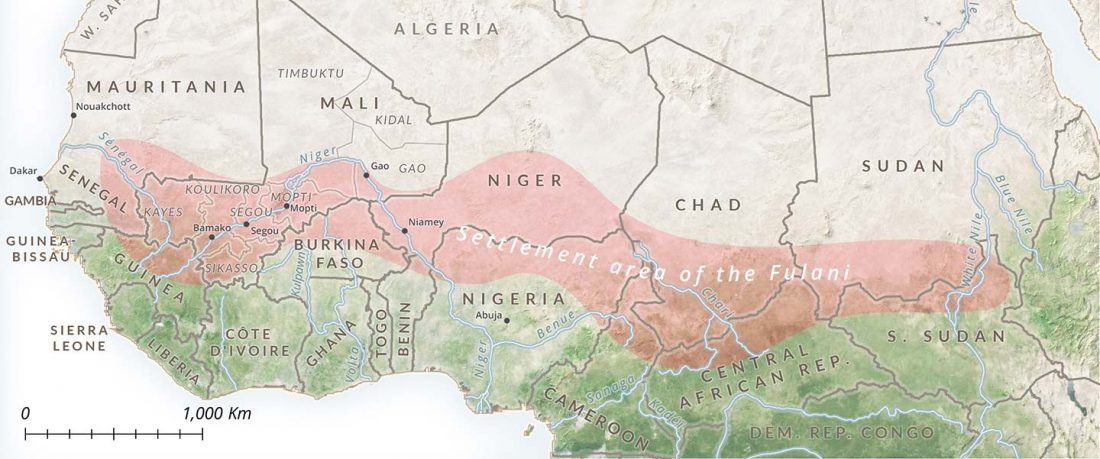Bronze Age cultures in the Tarim Basin and the elusive Proto-Tocharians
Master’s thesis Shifting Memories: Burial Practices and Cultural Interaction in Bronze Age China: A study of the Xiaohe-Gumugou cemeteries in the Tarim Basin, by Yunyun Yang, Uppsala University, Department of Archaeology and Ancient History (2019).
Summary excerpts, mainly from the conclusions (emphasis mine):
… Read the rest “Bronze Age cultures in the Tarim Basin and the elusive Proto-Tocharians”Both the Xiaohe and the Gumugou groups are suggested as possibly originating from southern Siberia or Central Asia and being related to Afanasievo and Andronovo people (Han 1986, 1994; Li et al. 2010, 2015). But a latest research suggest that the Xiaohe males are genetic distinct from the Afanasievo males, considering the paternal lineages (Hollard et
